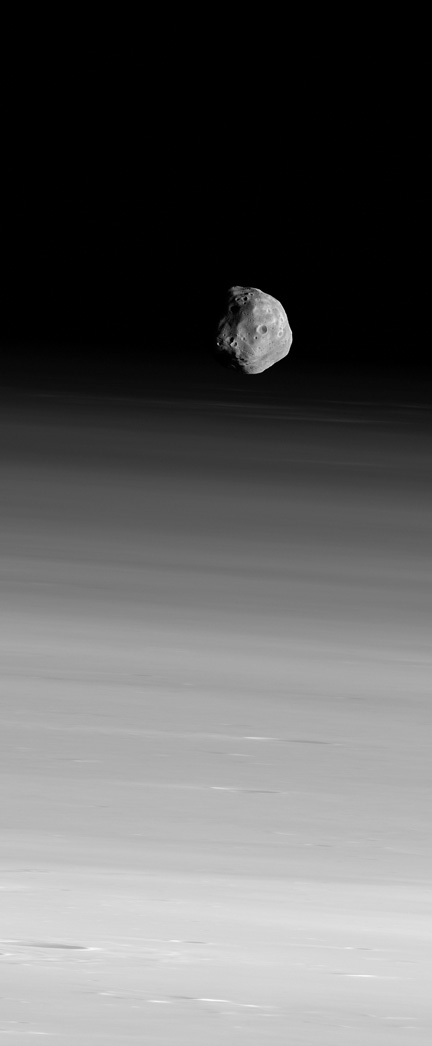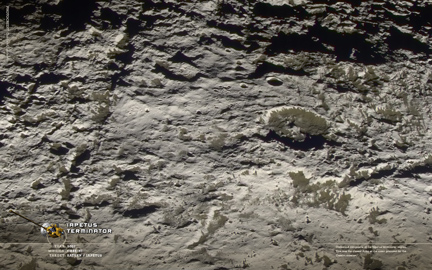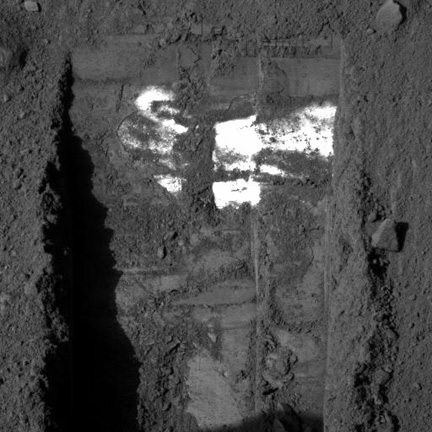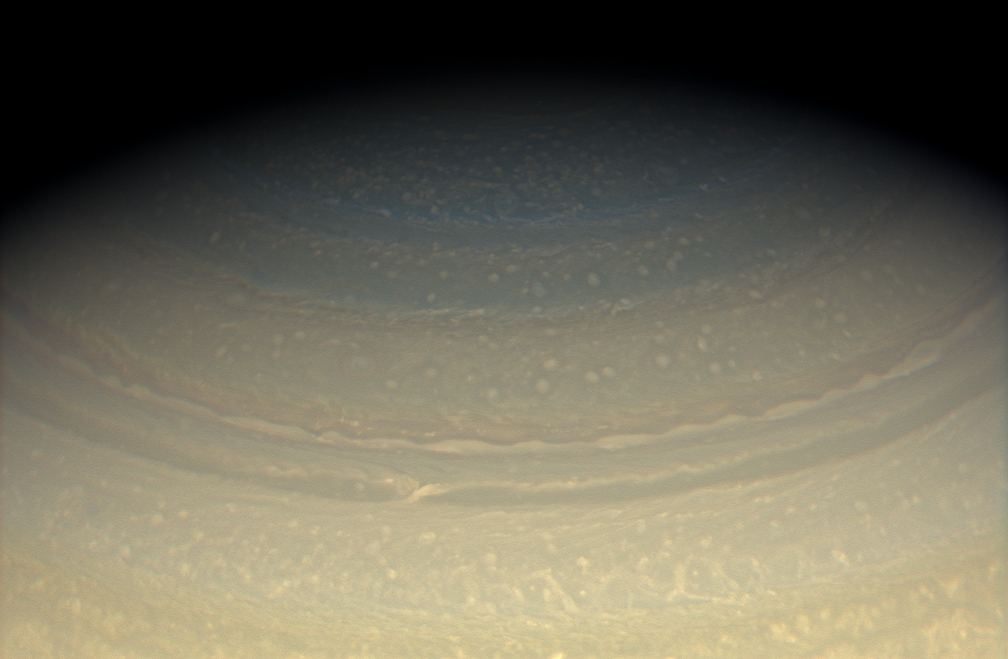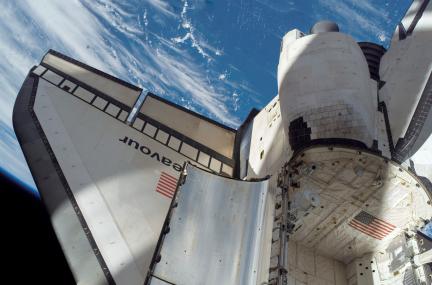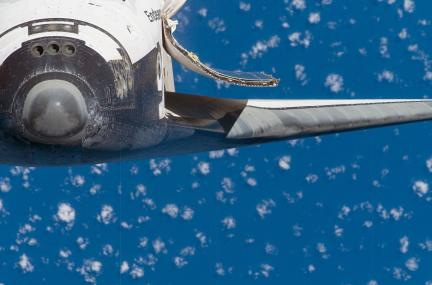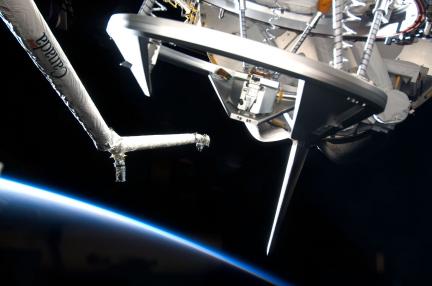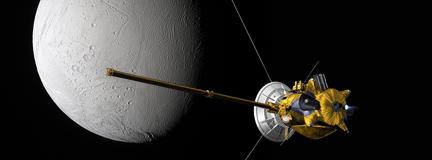 Its been slow around here lately, but the Aug 11 planned close flyby of Enceladus should spice things up a bit. Cassini is now in it’s extended mission and Enceladus has been made a secondary target for the coming months with the primary target being the continued exploration of Titan.
Its been slow around here lately, but the Aug 11 planned close flyby of Enceladus should spice things up a bit. Cassini is now in it’s extended mission and Enceladus has been made a secondary target for the coming months with the primary target being the continued exploration of Titan.
Camera + Balloon = Space Photography
 This image was taken from a Pentax k10d attached to a High Altitude Balloon. It was part of an experiment to test a cosmic radiation detector at Oklahoma State University. See the full flickr set here.
This image was taken from a Pentax k10d attached to a High Altitude Balloon. It was part of an experiment to test a cosmic radiation detector at Oklahoma State University. See the full flickr set here.
Argh
“Evidence of Soil Habitability Inconclusive.”
See The Planetary Blog on the results from Phoenix. Results could actually be the opposite of what we are hoping for…
Life Online
“Many people -- including, I must admit, me -- took this sentence to mean that a special briefing had taken place, alerting the White House to some positive news about life on Mars.”
Emily Lakdawalla comments on the Phoenix hub-bub which may have been over-blown.
Life On Mars
“It would appear that the US President has been briefed by Phoenix scientists about the discovery of something more "provocative" than the discovery of water existing on the Martian surface.”
Emily Lakdawalla of the Planetary Society will host a web stream on this matter Wednesday night.
Wallpaper: Iapetus Terminator
Another work by Gordan Ugarkovic. He created this composite with hi-res clear images (monochrome, that is) and combined that with low quality color data. It is often possible to get a good full color image with low-quality data as long as there exists a good quality clear image to work with. The full composite is here.
I have noticed that Gordan’s work has begun popping up on the Planetary Society blog fairly often. Congratulations to both Gordan for the recognition and to PS for making his gorgeous composites available to the masses!
Phoenix Lander from Mars Orbit
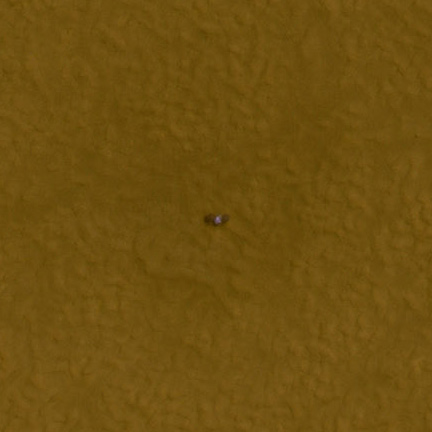 See the full story and larger surrounding area image here. Larger image includes the parachute, back shell and heat shield.
See the full story and larger surrounding area image here. Larger image includes the parachute, back shell and heat shield.
The Voyager Mountains
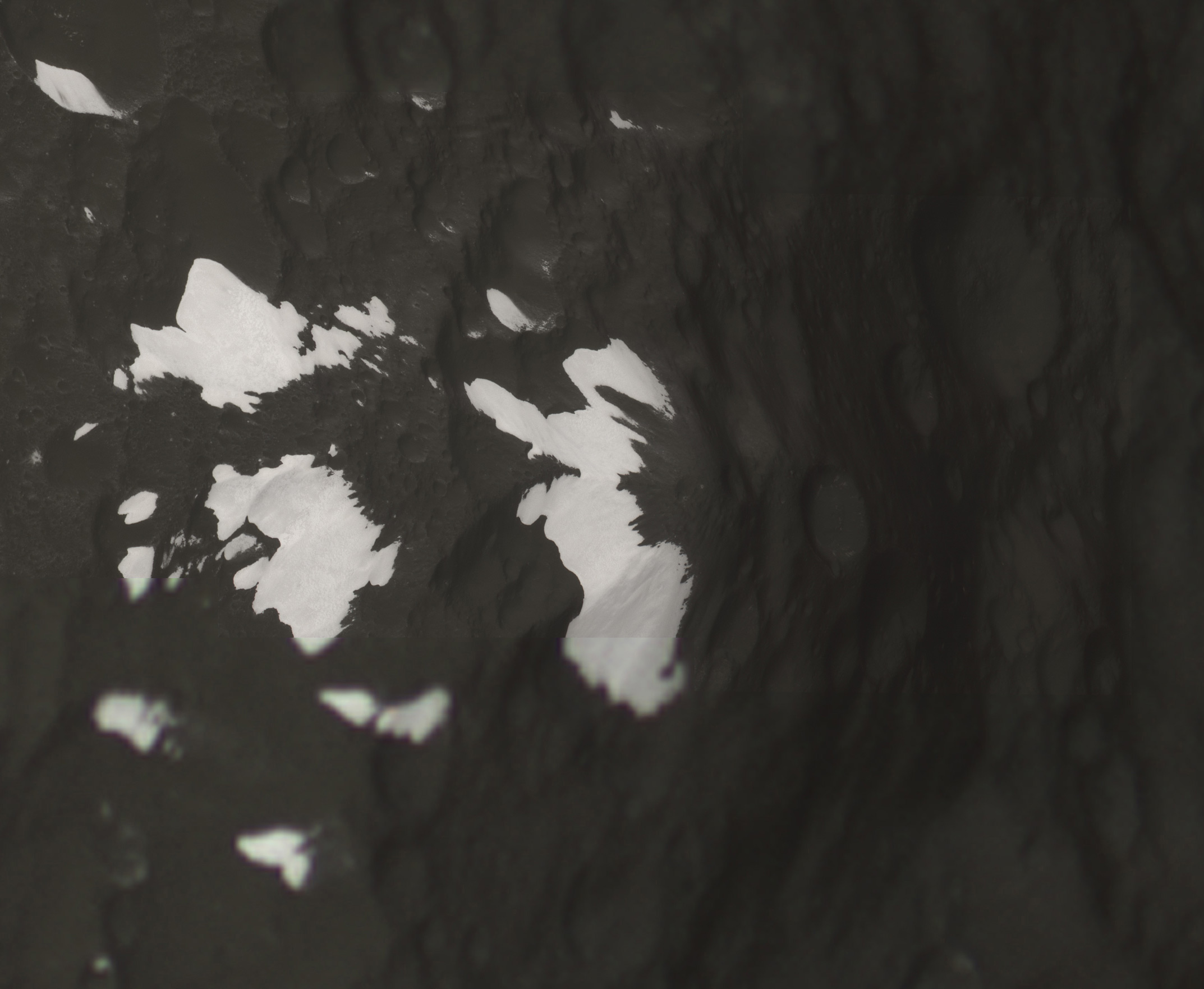 Nice moment found within Gordan Ugarkovic’s recently constructed mosaic of Iapetus’s Voyager Mountains region. See Gordan’s flickr post for the full mosaic.
Nice moment found within Gordan Ugarkovic’s recently constructed mosaic of Iapetus’s Voyager Mountains region. See Gordan’s flickr post for the full mosaic.
Just discovered this same area is in this post on the left side vertical center. The spacecraft was either flipped or the image is in the post.
Limb of Janus
More Exposed Martian Ice
Goodbye Blue Skies
What is on Phoenix’s Leg?
 I cannot stop looking at this animation. The first frame was taken on the 8th sol (a Mars day) and the second around the 31st sol. As you can see from the animation, it seems that some mystery material is either growing, moving or multiplying around one of the legs of the Phoenix lander. The most likely source is frost building up on what would be a very cold surface, however the only issue is that it doesn’t look exactly like frost and it hasn’t appeared on any of the other legs.
I cannot stop looking at this animation. The first frame was taken on the 8th sol (a Mars day) and the second around the 31st sol. As you can see from the animation, it seems that some mystery material is either growing, moving or multiplying around one of the legs of the Phoenix lander. The most likely source is frost building up on what would be a very cold surface, however the only issue is that it doesn’t look exactly like frost and it hasn’t appeared on any of the other legs.
Image note: We added an artificial fade from 1 frame to frame 2 and scaled the original image to around 300%. Due to artifacts from increasing the scale and compression we added some noise to smooth out the overall appearance.
Martian Soil Could Support Life
 It looks like Phoenix is finding results with chemistry analysis tests that suggest Martian soil could - or could have supported life. We have known for a while now that elements like magnesium, sodium, potassium and chlorine are all found in Martian soil. Now we also know that the soil alkalinity is comparable to that which we grow all kinds of plants in here on Earth.
It looks like Phoenix is finding results with chemistry analysis tests that suggest Martian soil could - or could have supported life. We have known for a while now that elements like magnesium, sodium, potassium and chlorine are all found in Martian soil. Now we also know that the soil alkalinity is comparable to that which we grow all kinds of plants in here on Earth.
There are more tests to be done, but these results could make growing vegetables in Martian soil a reality one day. It also makes it more conceivable that some kind of life may one day have existed on Mars… or even currently.
The Phoenix Ice Melt
 Thank you… its just what we came for. Now, can we have that in a glass or perhaps with some bacteria?
Thank you… its just what we came for. Now, can we have that in a glass or perhaps with some bacteria?
STS-123: Main Arrays on ISS
Earth’s Atmosphere at the Edge of Space
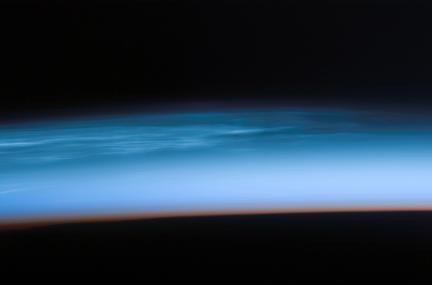
STS-123: As Seen From EVA
STS-123: Before Docking With ISS
STS-124: Arm & Crescent
Phobos Hangs Above the Martian Horizon
Was reminded of this image in the current issue of The Planetary Report. It was taken by Mars Express in 2007 and is featured in a current article about the excellent Russian Phobos-Grunt mission planned for 2009. This mission marks a return to planetary exploration for the Russian space program and does so in a big way. The plan is to land on the Martian moon Phobos – take samples of its surface and return them back to Earth. Sample return missions are technically very difficult and in all of history the number of attempts numbers in the single digits.
